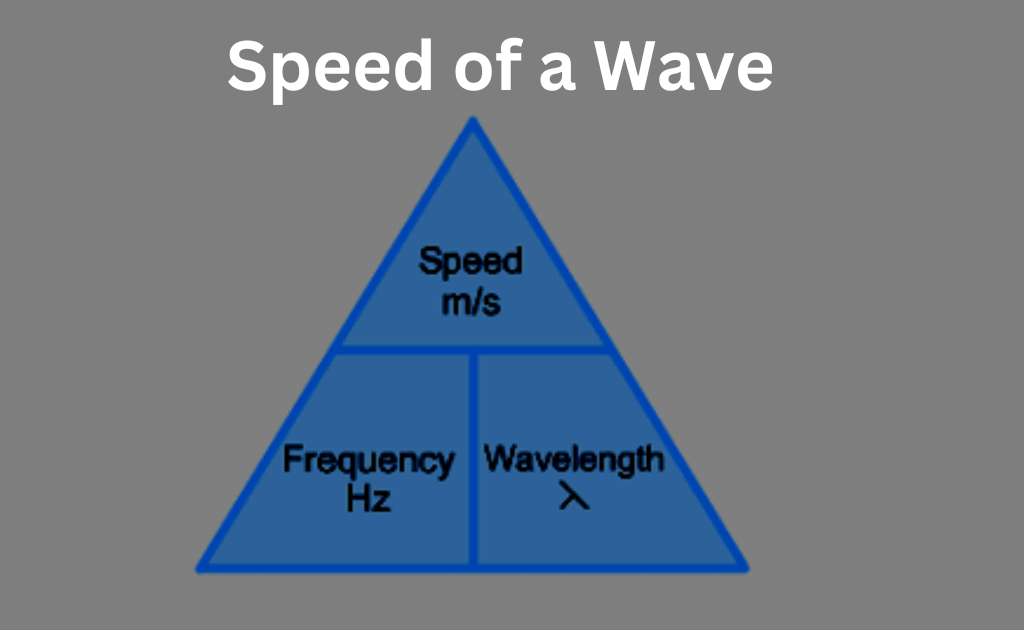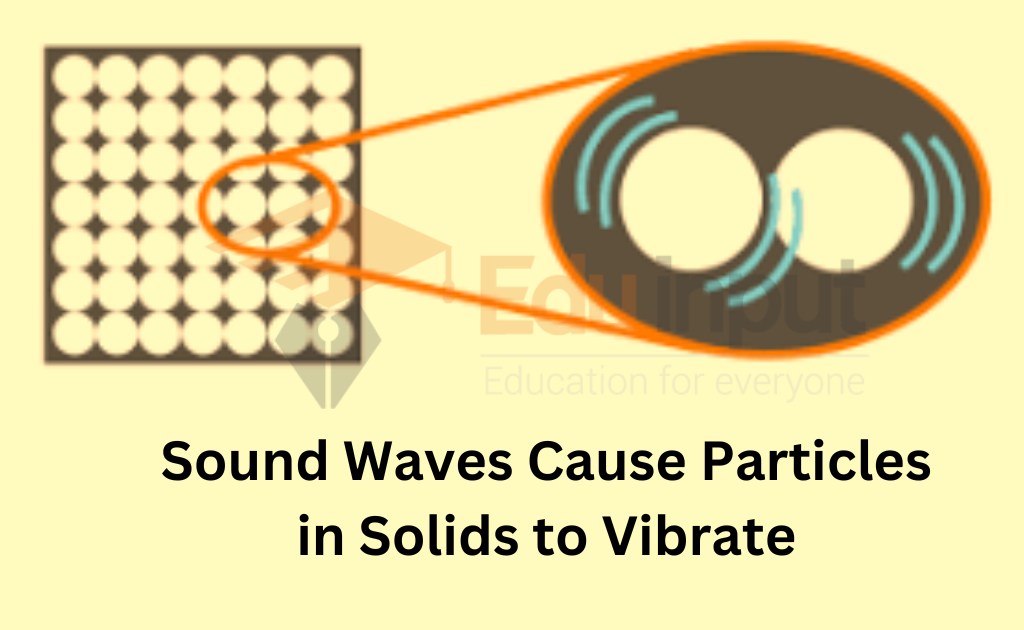What is Surface Waves?-Definition, and Types
Surface Waves are simply ripples on a pond’s surface caused by wind blowing over the water. Surface waves are created by air pressure pushing down on the top layer of water causing it to move up and down.
What are Surface Waves?
Any boundary of two different substances can be affected by a surface wave in physics. The boundary between the air and rock is where the surface wave occurs. This wave is not a wave that travels in a relatively straight line through the earth from the earthquake’s focus to the observer’s location.
At the interface between two liquids with different densities, gravity waves can also occur. A surface wave can travel along the surface of a solid, or along an interface between two media. A ground wave is a wave that travels close to the surface of the Earth in radio transmissions.
The surface plasmon polariton (SPP) is a surface wave that travels along an interface between two media with different dielectric constants. The permittivity of one of the materials forming the interface is negative, while the other one is positive, as is the case for the interface between air and a lossy conducting medium below the plasma frequencies. The wave decays vertically to it, a property called evanescence, as it propagates parallel to the interface. Since the wave is on the boundary of a lossy conductor and a second medium, these oscillations can be sensitive to changes in the boundary.
Types of Surface Waves
There are two main types of surface waves.
- Love waves
- Rayleigh Waves
Rayleigh waves
There is a type of surface acoustic wave that travels along the surface of the solids. They are often used in non-destructive testing for detecting defects and can be produced in many ways, such as by a localized impact. The seismic waves that are produced on the Earth are caused by the Rayleigh waves. Lamb waves, Rayleigh–Lamb waves, or generalized Rayleigh waves are what they are referred to as when guided in layers.
Love Waves
Love waves, named after Augustus Edward Hough Love, are both horizontal and vertical waves. The Love wave is a result of the interference of many shear waves which are guided by an elastic layer that is welded to an elastic half-space on one side while bordering a vacuum on the other side.







Leave a Reply